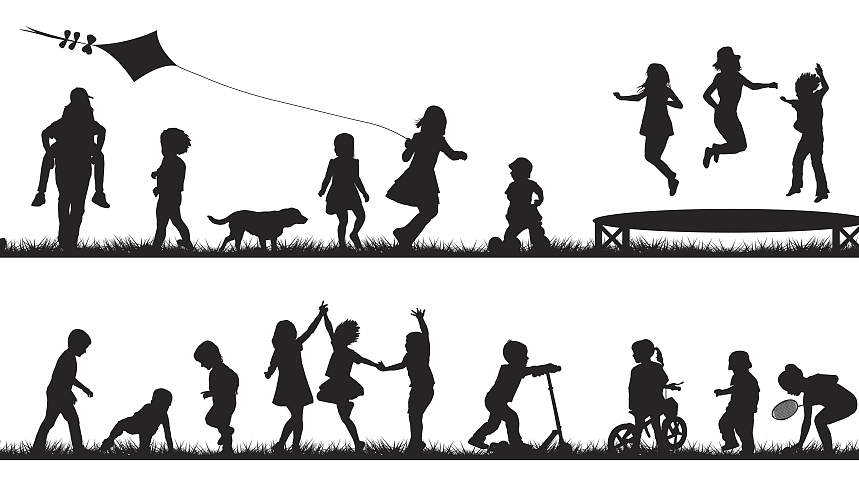
WHO recommended that children should exercise in two, uninterrupted bursts in a day (Credit: VCG)
WHO recommended that children should exercise in two, uninterrupted bursts in a day (Credit: VCG)
Boys between the ages of 11 and 17 are far more active than girls of the same age in the 28 EU countries, according to a study by the World Health Organization (WHO).
The study looked at 146 countries, 298 schools and 1.6 million young people over a 15-year period between 2001 and 2016 to determine how many young people were getting an hour of exercise a day. WHO then gave each country and gender of children a percentage to show how many of those children in those countries were not getting enough exercise in 2001 and then again in 2016.
The study classified physical activity as "play, games, sports, transportation, chores, recreation, physical education, or planned exercise, in the context of family, school, and community activities.”
They found that in both years, boys were more active than girls; and that between 2001 and 2016, the percentage of boys who were not getting enough exercise decreased in most EU countries. The rate of girls getting enough exercise did not decrease at the same rate.
The country in the EU with the biggest gender gap was the Republic of Ireland.
In 2001, 70.5 percent of boys were not getting enough daily physical activity. In 2016, that number went down to 63.5 percent. The same thing did not happen for girls.
In 2001, 80.60 percent of girls in Ireland were not getting enough physical activity. In 2016, that number went down by just 0.1 percent to 80.50 percent.
The only other country with a similar gender gap in the world is the US. In 2001, 70.9 percent of boys were not receiving enough exercise compared with 80.7 percent of young girls. In 2016, these numbers changed to 64 percent of boys and 80.5 percent of girls getting enough exercise.
The country with the smallest gender gap in the EU was Italy, with 89 percent of boys in 2016 not getting enough physical activity and 91.5 percent of girls with not enough daily exercise.
There were no countries in the EU in which girls were more active than boys. Cyprus was not included in this study because the schools surveyed did not give enough data to WHO.
However, there report acknowledge several potential limitations in this reporting. The report noted: "Although examples of setting specific activities were usually provided in the question text of surveys we included, active transportation and domestic chores might not always be included in reporting, potentially leading to biased estimates."